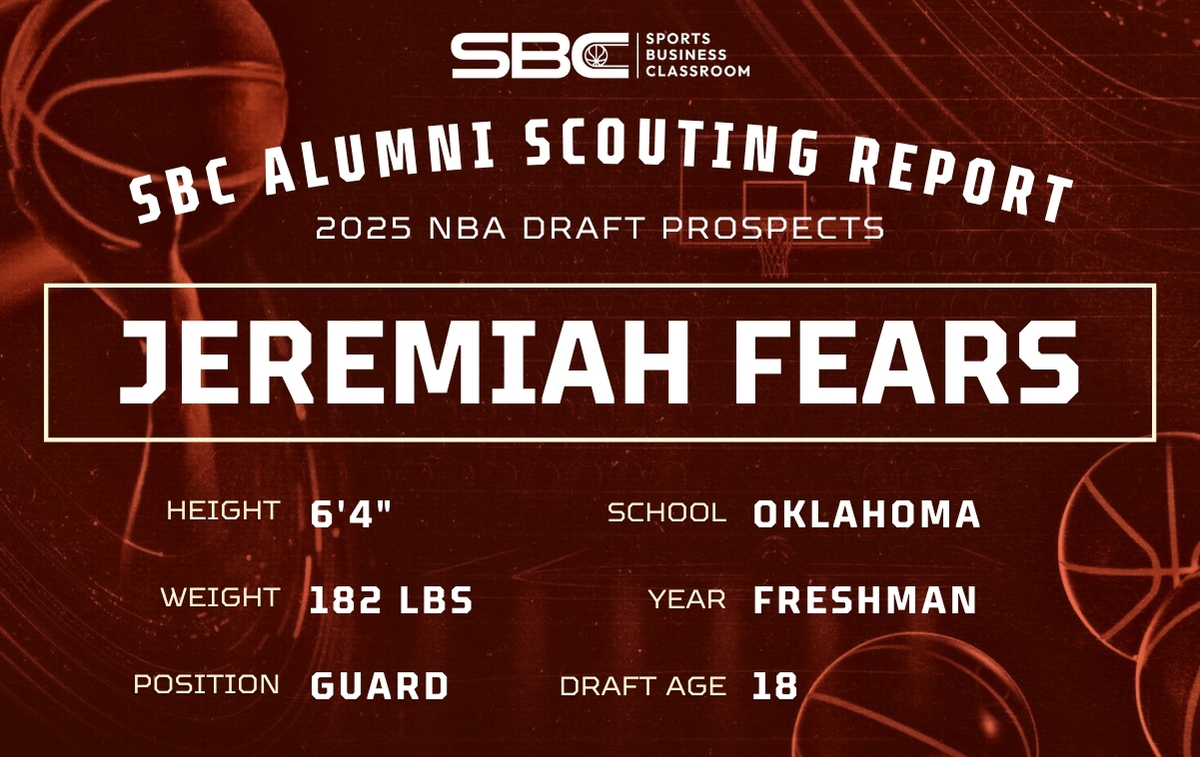
[The following scouting report is part of a series on potential 2025 draft prospects from Sports Business Classroom alumni.]
Jeremiah Fears
Frame: 6’4″, 182 lbs
Position: Guard
Team: Oklahoma Sooners
2025 Draft Age: 18
Stats viawww.sports-reference.com
Offense
Fears pops off the screen with his agility and quickness when getting downhill to the basket. He has light feet and a good first step, which is paired with a good handle, allowing him to get past defenders easily. He excels at attacking off a ball screen, where he can beat big men in drop coverage to the hole or put guard defenders behind him and drive from there.
His handle allows him to hit defenders with multiple counters to get to his spots, although Fears struggles with overtly physical defenders due to his thin frame, who can push him off his path or pluck the ball from him. Fears’ struggles lie around the basket, where his lack of vertical athleticism hinders his ability to finish over defenders or through contact. When leaping off one foot, Fears cannot get any lift, making his shot much easier to contest. When jumping off both feet and planting, he can get up higher, but has trouble with touch around the basket. During the season, Fears shot 53.0 percent on 183 attempts at the rim (23.7 percent assisted).
Fears must also grow as a shooter, hitting 28.4 percent on 134 three-point attempts (60.5 percent assisted). Due to his role in the Oklahoma offense, Fears operated as their primary ball handler, with a usage rate of 31.9 percent, leading to him having to create off the dribble for himself fairly often. His handle and quickness allow him some leeway regarding getting up shot attempts and getting in and out of spots frequently, but his mechanics can be inconsistent. He has a low release and doesn’t get much extension or lift on his shot, making it easier to contest. Fears also has a habit of rushing into shots, which could be helped if he learns to play with a slower pace at times, which will be necessary at the next level.
His mid-range scoring suggests optimism for Fear’s perimeter shooting. Fear’s agility and handle allow him to easily get to his spots around the elbow, especially when attacking off a ball-screen or faced with drop-coverage. Unlike his three-point attempts, Fears appears to slow down more easily from this range, and gets better elevation on his attempts, while flashing better touch from this range. Fears shot 45.9 percent on 98 attempts from long two-point range (6.7 percent assisted). This efficiency also translated to his free throw shooting, where Fears had a higher release on his shot, and wasn’t rushing, shooting 85.1 percent on 215 attempts due to his success as a slasher.
Another potential swing skill for Fears is his playmaking; he averaged 4.1 assists and 3.4 turnovers per game, with an assist percentage of 28.6 percent and a turnover percentage of 20.2 percent. Fear has flashed high-level reads, specifically when being blitzed or hard hedged off a pick-and-roll. He does a great job keeping his dribble alive and finding his big man rolling or splitting the blitz to attack himself. He is an excellent passer with his right hand and has shown the ability to make cross-court passes and hit the dunker’s spot when driving.
Fears’ inability to slow the game down gets him into trouble in this regard, as he can rush passes before his man is open, or miss open players entirely when he’s driving downhill. This leads to careless turnovers and can get him into trouble when defenses collapse on him, where he can cough up the ball. Fears must improve as a decision-maker to develop as a lead guard in the NBA.
Defense
Despite being a small guard, Fears has shown a motor on the defensive side of the floor, trying to fight through ball-screens and use his quickness to keep his man in front of him. He can sometimes be pesky and has quick hands, which he can use to pluck the ball away from an offensive player. He can take it the other way, averaging 1.6 steals per game, with a steal percentage of 3.1 percent. However, due to his size, Fears can and will only guard other guards in the NBA, and won’t have any positional versatility. His lack of vertical athleticism, strength, or a plus wingspan makes it difficult to project him as a positive defender at the next level.
As stated before, Fears has a solid motor off the ball defensively. He consistently stays with his man through off-ball actions and doesn’t fall asleep often. His speed and thin frame allow him to slip around screens and get out to his man or an off-ball shooter for a contest. His length makes it hard to contest wings or shooters with size, but he makes the effort. He can pick off the occasional pass as a strong-side defender, but doesn’t offer much as a defensive playmaker.
Looking Ahead
Fears flashed tools as a potential lead guard in the NBA with his slashing and playmaking; however, he must develop as a finisher from inside and outside the arc to reach those heights and become a more patient player overall.
Fears could be a top-ten pick in the 2025 NBA draft, and while he’s likely to be a third guard off the bench initially, he has the upside of a quality lead guard.


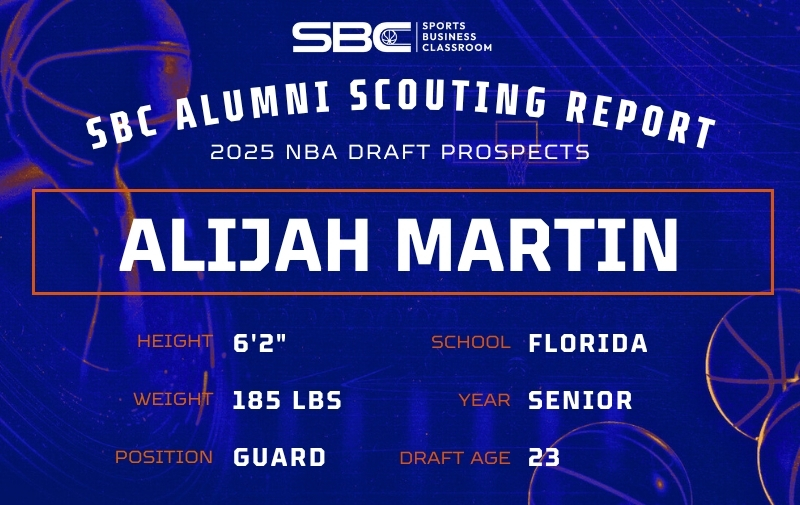
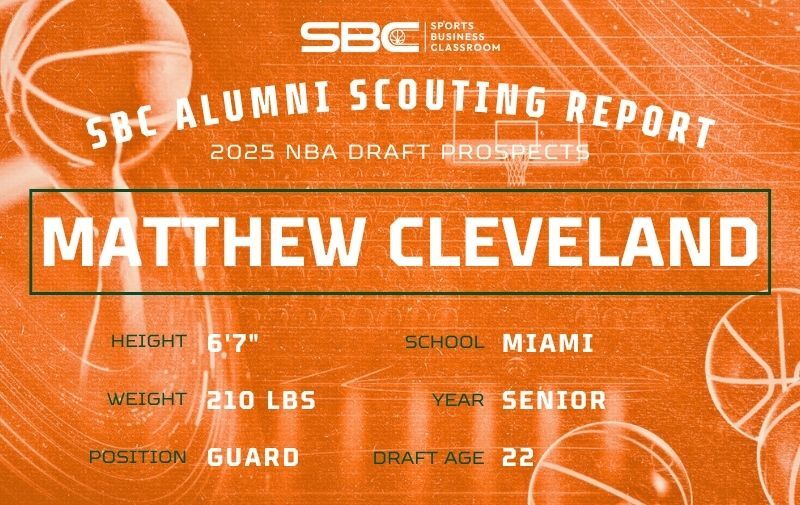
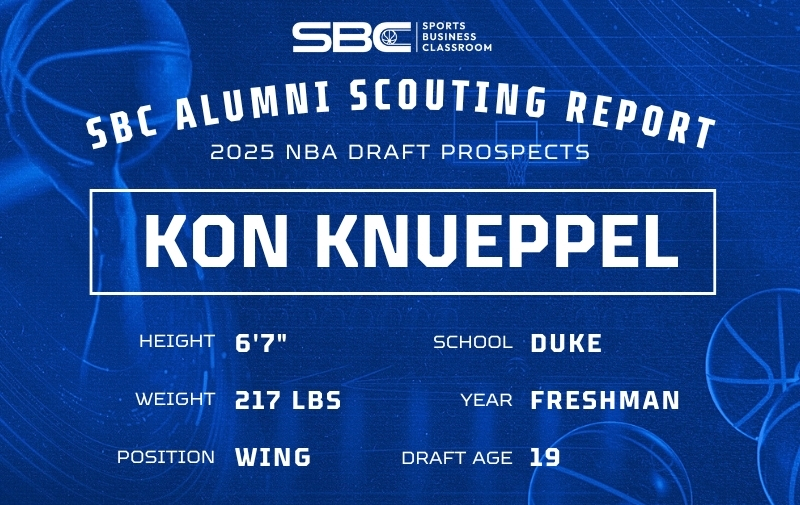
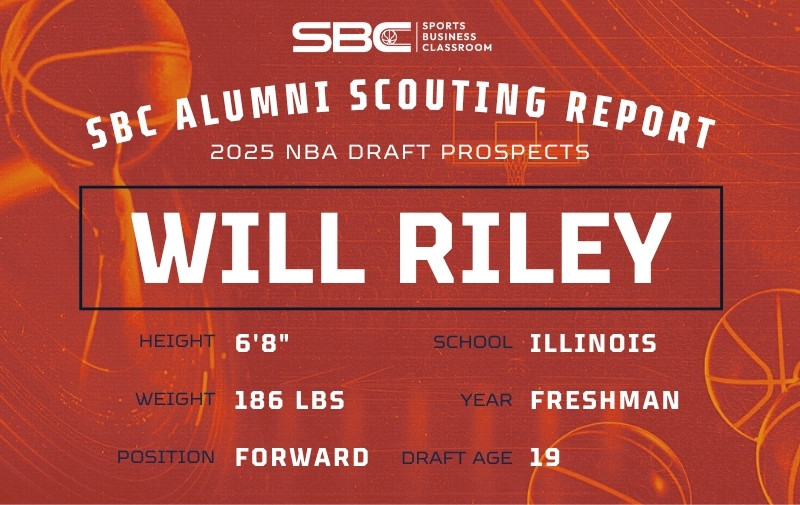
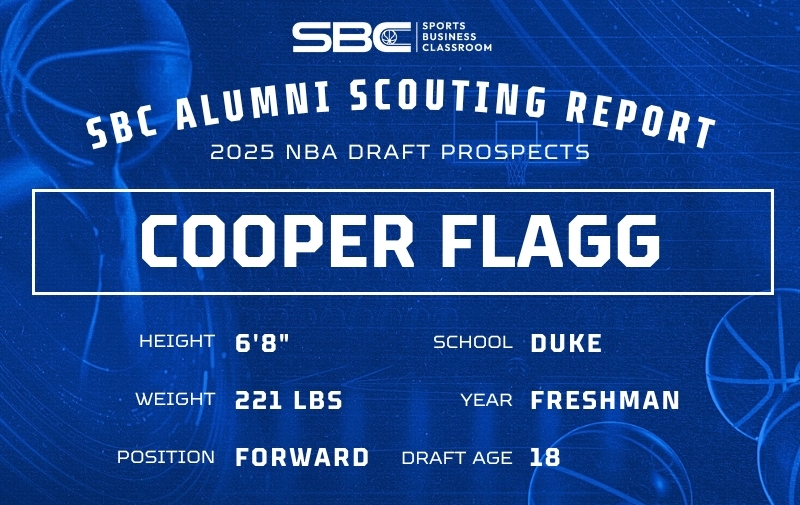
Leave A Comment